We are elated with the decision of the US Court of Appeals (for the District of Columbia Circuit) to keep the Western Great Lakes wolf listed as federally protected and on the endangered species list. We remain humble, but elated nonetheless. The Court of Appeals' decision was narrow in their affirmation of the lower district courts opinion to keep the Western Great Lakes wolf federally protected. Their opinion addressed the core principle and tactic used to delist the Western Great Lakes wolf population by the US Fish and Wildlife Service (the Service). According to the Court of Appeals, the Service did not even attempt to protect the remaining “remnant” wolf population outside the Great Lakes' area in the lower 48 states. The Court of Appeals agreed that while it is within the Service's purview to delist a distinct population segment, the Service was not doing so in a manner that protected the wolf species as a whole. It was nearly inconsequential how well the Western Great Lakes wolves were faring, if they could not address the fate of the wolf population throughout the lower 48 states. The Service never addressed how the remnant population would fare once the Western Great Lakes wolves were not protected. The Service had delineated the Western Great Lakes wolf population as a Distinct Population Segment (DPS). This segment status, which the courts found appropriate, was then delisted by the Service without determining how the rest of the gray wolf population would do if the DPS was not protected. That is, the Service did not consider the effects of delisting the DPS (Western Great Lakes) on the rest of the wolf population.
 The court of appeals cited the Services’ own notice to delist wolves throughout the lower 48 in June 2013, to demonstrate that the Service had not addressed the rest of the wolf population outside of the Western Great Lakes. The Service was not even attempting to consider the “remnant” populations throughout their historic range. The Court of Appeals stated on page 30 of their opinion, “Worse still, the Service has announced that, with the Western Great Lakes segment carved out, the remnant is no longer a protectable “species” and has proposed its delisting for that reason alone. See Removing the Gray Wolf (Canis Lupus) From the List of Endangered and Threatened Wildlife and Maintaining Protections for the Mexican Wolf (Canis Lupus Baileyi) by listing it as Endagered, 78 Fed Reg. 35,664, 35,668 (June 13, 2013) (‘We conclude that the current entity C. Lupus [gray wolf] entity is not a valid species from the List[.]’)
The court of appeals cited the Services’ own notice to delist wolves throughout the lower 48 in June 2013, to demonstrate that the Service had not addressed the rest of the wolf population outside of the Western Great Lakes. The Service was not even attempting to consider the “remnant” populations throughout their historic range. The Court of Appeals stated on page 30 of their opinion, “Worse still, the Service has announced that, with the Western Great Lakes segment carved out, the remnant is no longer a protectable “species” and has proposed its delisting for that reason alone. See Removing the Gray Wolf (Canis Lupus) From the List of Endangered and Threatened Wildlife and Maintaining Protections for the Mexican Wolf (Canis Lupus Baileyi) by listing it as Endagered, 78 Fed Reg. 35,664, 35,668 (June 13, 2013) (‘We conclude that the current entity C. Lupus [gray wolf] entity is not a valid species from the List[.]’)
A significant question addressed was whether the delisting negatively affected the Western Great Lakes wolf in Minnesota. The data introduced at the original trial was from 2007-2008, prior to Minnesota’s three consecutive wolf hunts in 2012, 2013, and 2014. This older data was interpreted to be from a time when the wolf population was delisted (briefly from 2007-2008). There was no recognition that this was a time with no wolf hunting and trapping seasons. The original court filings were done in early 2013 too soon for the wolf population estimates published in the summer of 2013. Minnesota’s more recent data does show a negative affect on the wolf population from the 2012 delisting. In that period ( 2012-2014) over 1700 wolves (known) were killed and the estimated wolf counts dropped 25% the first year of delisting in 2012 and they have stayed down since then.
The Court of Appeals did not agree with the trial court that the state of Minnesota had an “unregulated wolf hunting season” in two-thirds of the state. Today, we have evidence (using the Court of Appeals’ own standards) that the most recent delisting did harm the wolf in Minnesota. The Minnesota Department of Natural Resources (DNR) reported in 2014 to the Service that the population dropped by 24% the first year following delisting. While the Court of Appeals did not agree with the trial judge about the harm to the wolf population, we at HFW know if this were ever re-litigated, evidence for this harm now exists.
For now, we are elated that the wolf hunts in Minnesota were stopped by the District Court and now by the Court of Appeals. Our work at HFW continues. We have much to do toward educating the public about the wild wolf and in particular about using nonlethal methods as a first response to potential conflicts. For political action, we will persuade our federal politicians to see that the current Senate bill (S.1514) is extremely reckless. It contains a provision that sets unbelievably dangerous precedents. First, that congress is engaging in the nitty-gritty of the science of a species listings and worse and more dangerous, cutting out the courts and allowing congress to cherry pick their favorite laws from which to block the courts. Sounds unconstitutional? It does to many people. See our earlier blog for the specific wording of S.1514 and tell your US Senator that you do not want S.1514 to pass with this horrific precedent and wolf reissue rule.
We have a democracy that depends on the courts, and so does the wolf.
Court of Appeals: https://www.cadc.uscourts.gov/internet/opinions.nsf/9EDB5CE0814D2B948525816F00511636/$file/15-5041.pdf
#LiveAndLet Howl
Maureen

 The enemies of environment are at it again. In the best Orwellian trend, reminiscent of GW Bush presidency, senators Barrasso, Cardin, Boozman, Klobuchar, Capito, and Baldwin hatched another amendment to a bill S.1514 named "Hunting Heritage and Environmental Legacy Preservation for Wildlife Act" or the "HELP for Wildlife Act".
The enemies of environment are at it again. In the best Orwellian trend, reminiscent of GW Bush presidency, senators Barrasso, Cardin, Boozman, Klobuchar, Capito, and Baldwin hatched another amendment to a bill S.1514 named "Hunting Heritage and Environmental Legacy Preservation for Wildlife Act" or the "HELP for Wildlife Act".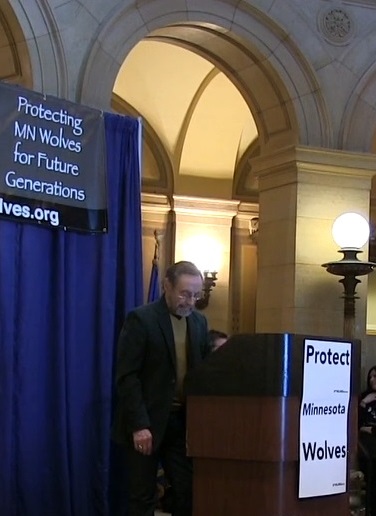 deer, elk and biodiversity. It replaces that role with the arrogant assumption that we can do better without wolves as wildlife and wild lands managers and “harvest” them on a sustainable basis for recreational trophy sports hunters and trappers.
deer, elk and biodiversity. It replaces that role with the arrogant assumption that we can do better without wolves as wildlife and wild lands managers and “harvest” them on a sustainable basis for recreational trophy sports hunters and trappers.
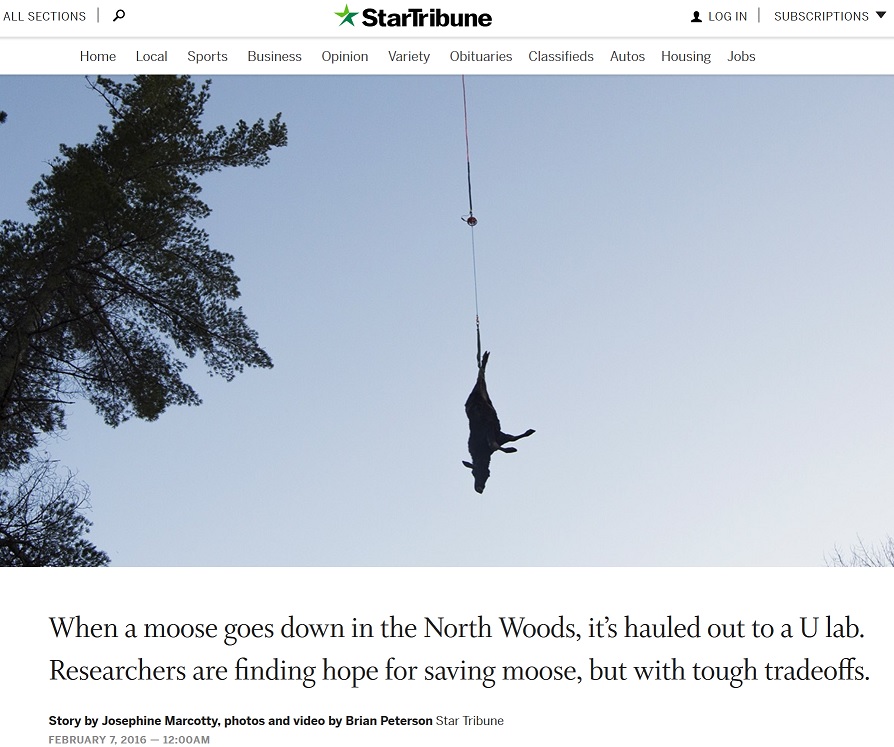
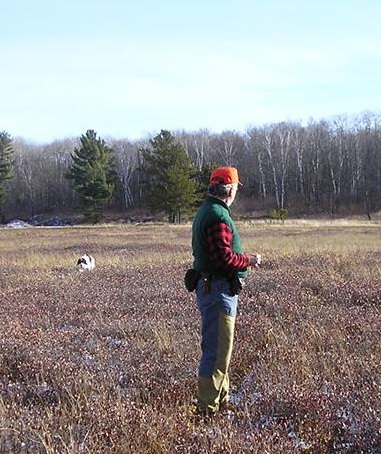 Two issues loom in my mind lately.
Two issues loom in my mind lately.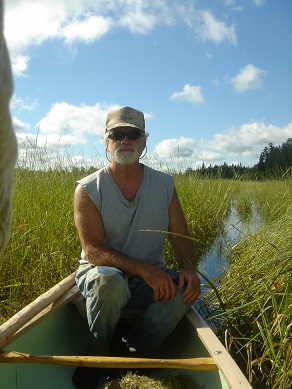 For many years it has been obvious to those of us advocating for measures to protect our diminishing natural resources that the very people assigned to perform these functions seem more inclined to be working against us. I can't recall how many times someone of our ilk has made the comment to me, "I thought the MNDNR was supposed to be protecting the environment, not working against it." This accusation can be also applied to the USFS and more so to county land managers. Of course, this is a general compliant - there are well intentioned people working within these resource agencies - wanting to do the right thing for the natural world. But overwhelmingly, the culture of forestry, wildlife, waters, and so forth are principally managed within market based logic - not what's right for the environment. Look at who three of our last four MNDNR Commissioners were; two politicians (Merriam & Holsten) with no natural resource background/training and one retired FBI agent (Allen Garber). Having been part of a number of committees and 'task forces,' I repeatedly hear DNR staff refer to snowmobiliers, ATVers, dirt bikers, mudder trucker, hunters, fishermen, trappers, etc., as their clientele and stake-holders. Rarely do I hear them refer to animal and plant communities as stake-holders. The plant and animal communities do not provide the legislative muscle and lobbying power that the special interest and consumptive stake-holders mentioned above have.
For many years it has been obvious to those of us advocating for measures to protect our diminishing natural resources that the very people assigned to perform these functions seem more inclined to be working against us. I can't recall how many times someone of our ilk has made the comment to me, "I thought the MNDNR was supposed to be protecting the environment, not working against it." This accusation can be also applied to the USFS and more so to county land managers. Of course, this is a general compliant - there are well intentioned people working within these resource agencies - wanting to do the right thing for the natural world. But overwhelmingly, the culture of forestry, wildlife, waters, and so forth are principally managed within market based logic - not what's right for the environment. Look at who three of our last four MNDNR Commissioners were; two politicians (Merriam & Holsten) with no natural resource background/training and one retired FBI agent (Allen Garber). Having been part of a number of committees and 'task forces,' I repeatedly hear DNR staff refer to snowmobiliers, ATVers, dirt bikers, mudder trucker, hunters, fishermen, trappers, etc., as their clientele and stake-holders. Rarely do I hear them refer to animal and plant communities as stake-holders. The plant and animal communities do not provide the legislative muscle and lobbying power that the special interest and consumptive stake-holders mentioned above have.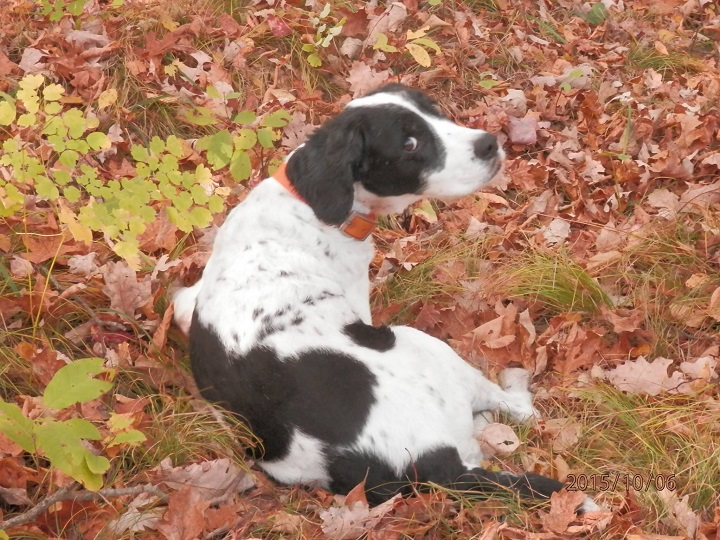 Over the past several months wolf sign has been sparse as my local pack has moved to another part of their range, probably due to denning and rendezvous site but wolf pups are now old enough to travel with the pack and I now see their big tracks and scats again. The pack has completed another cycle of life and rearing.
Over the past several months wolf sign has been sparse as my local pack has moved to another part of their range, probably due to denning and rendezvous site but wolf pups are now old enough to travel with the pack and I now see their big tracks and scats again. The pack has completed another cycle of life and rearing.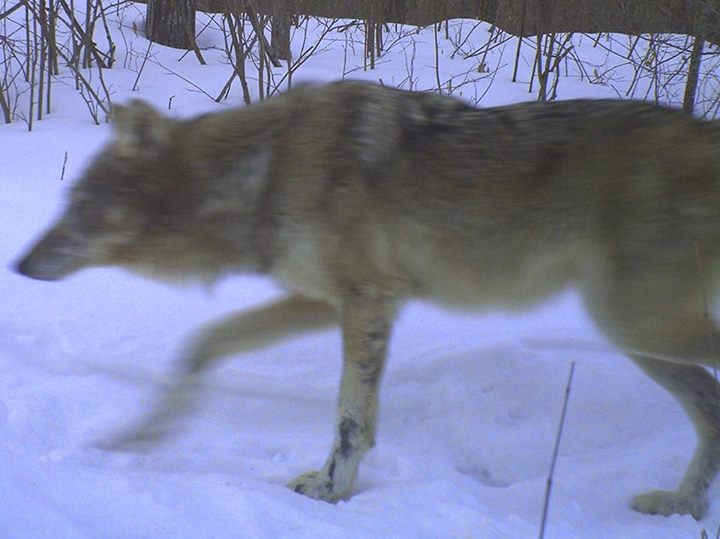 My little dog never saw the wolf but when proceeding down the trail, it caught its fresh scent and came back to my side and starred up at me with big eyes, which said in dog language with great concern, "Dad, that big wild relative of mine is close by." For the next 15 minutes of more, she forgot about the olfactory gold scent she was searching for and became wary of the presence of something that demanded more concern but soon enough her mind focused back to birds.
My little dog never saw the wolf but when proceeding down the trail, it caught its fresh scent and came back to my side and starred up at me with big eyes, which said in dog language with great concern, "Dad, that big wild relative of mine is close by." For the next 15 minutes of more, she forgot about the olfactory gold scent she was searching for and became wary of the presence of something that demanded more concern but soon enough her mind focused back to birds. I just finished reading the gruesome details of the Minnesota dentist who, through a guide service lured Cecil the lion, a favorite with tourists, out of a national park in Zimbabwe and shot him with a bow.
I just finished reading the gruesome details of the Minnesota dentist who, through a guide service lured Cecil the lion, a favorite with tourists, out of a national park in Zimbabwe and shot him with a bow.